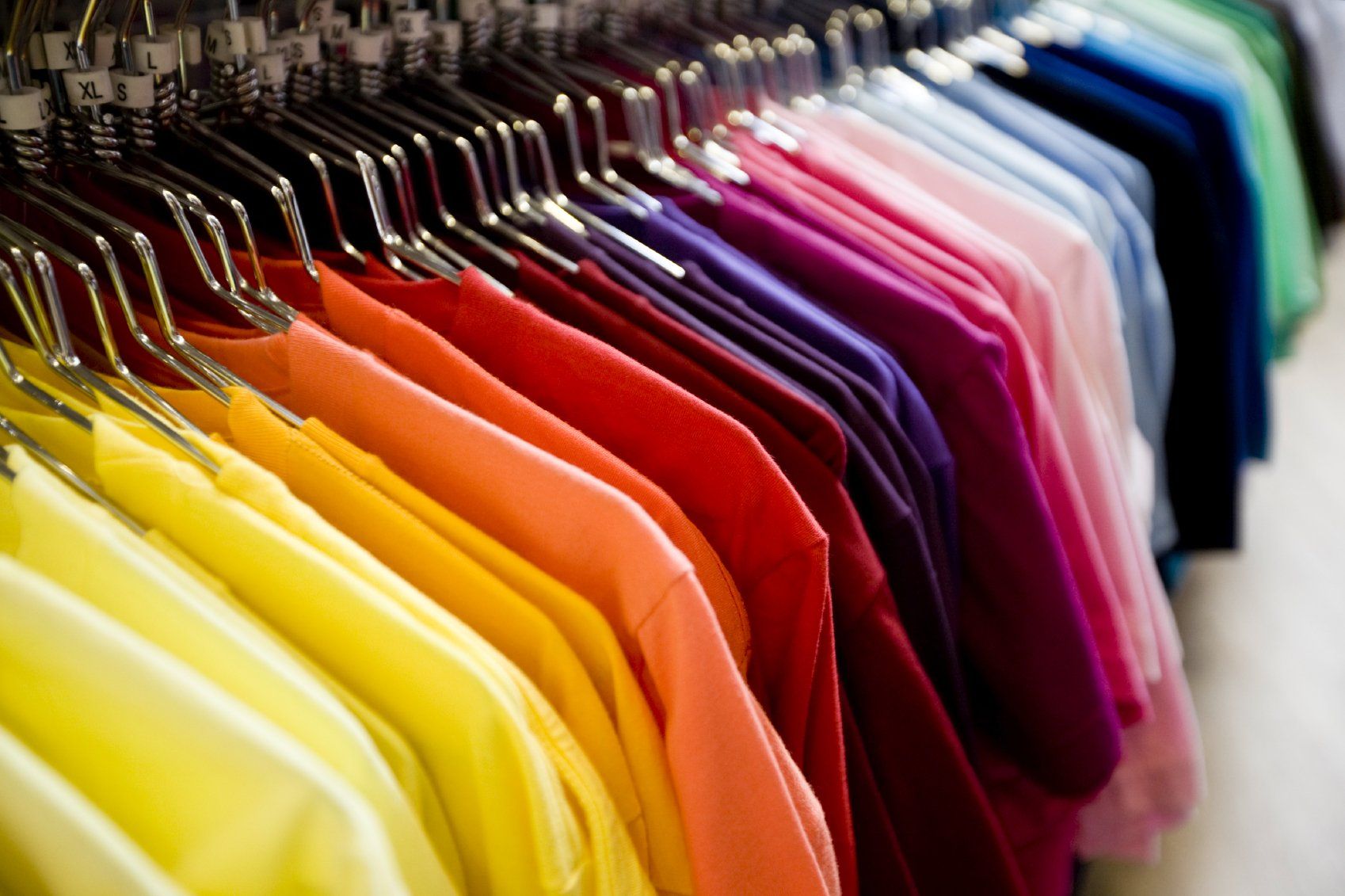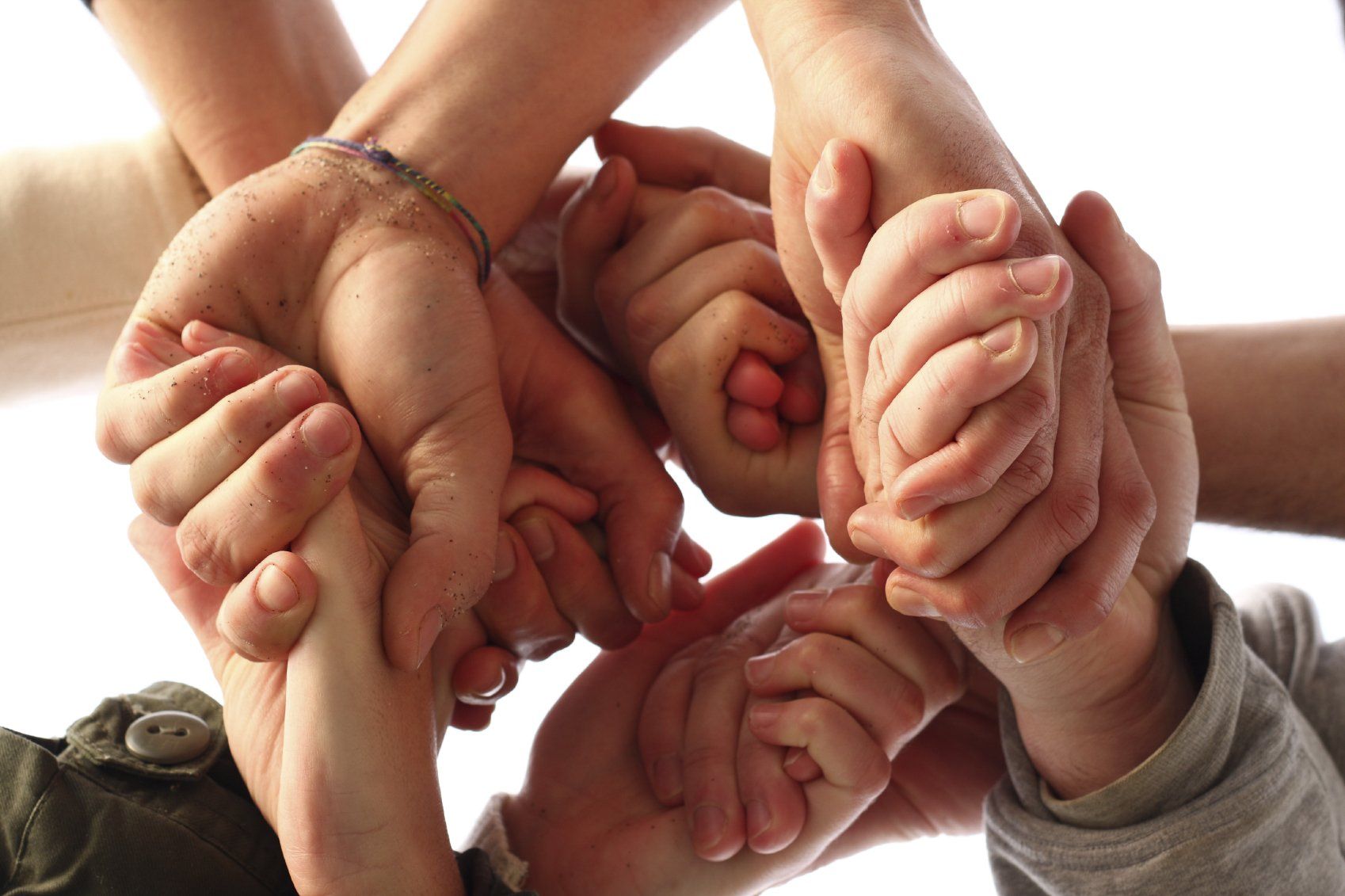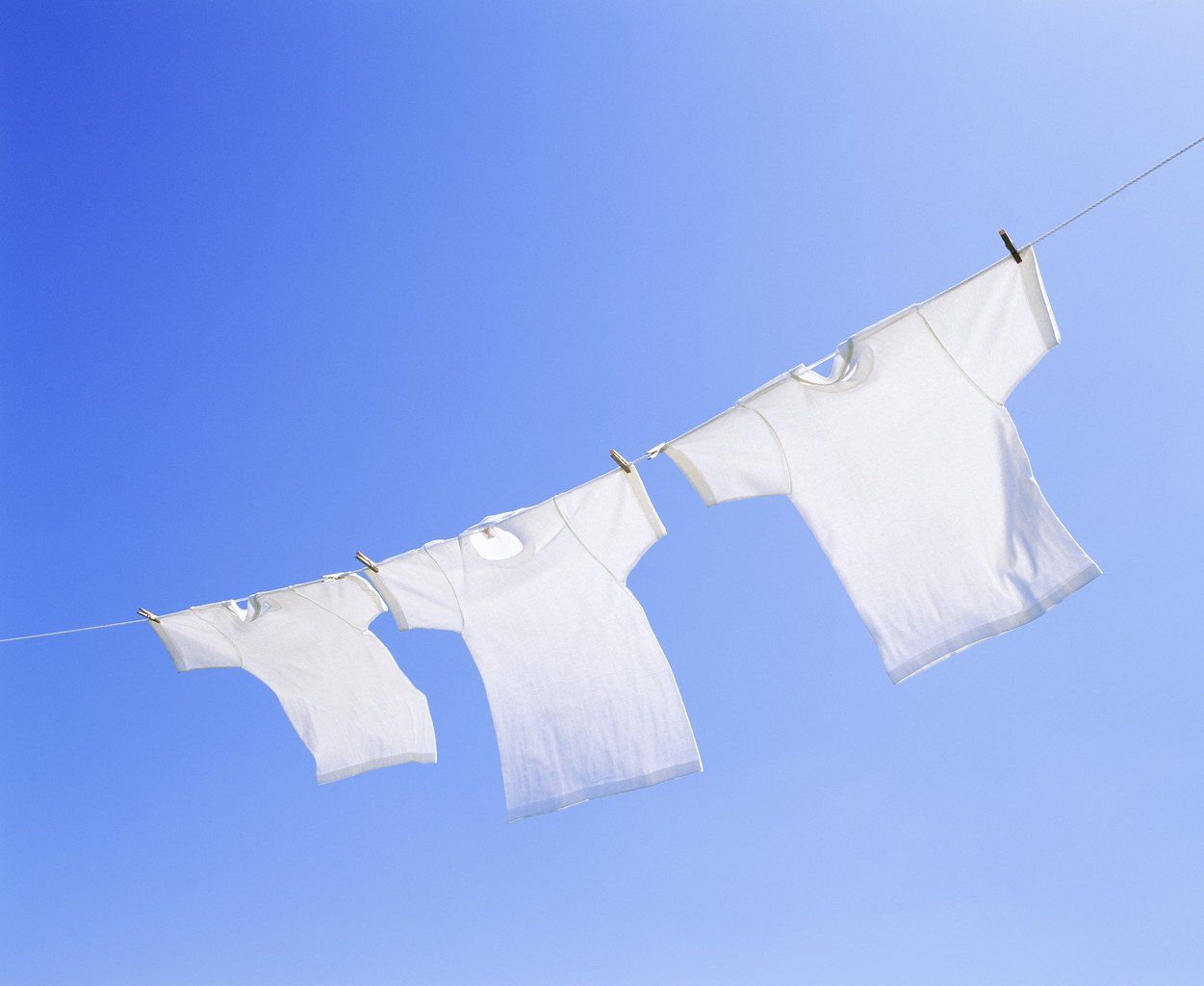Inspiring Women: A conversation with Kemi
Inspiring Women: A conversation with Kemi
Illustration by Anna Higgie.
Kemi is the first member of the Give Your Best Community in our Inspiring Women Series! Kemi is a mother of four from Nigeria who (along with everything else that was going on in March last year!) was granted her refugee status after four years seeking asylum in the UK. Here, we speak about some of the very difficult and distressing experiences she faced during this time. She tells us about the important work she is involved in supporting various charities who work with people seeking asylum, how she heard about Give Your Best, and the impact that receiving packages from Gifters has had on her.
Interview: Lauren Porter
Editor: Harri Welch
“It’s like living in hell…Even jail is better than being an asylum seeker.”
Seeking asylum in the UK, and as a woman, is something Kemi says she “wouldn’t wish on [her] worst enemy”. People seeking refugee status in the UK are banned from working while they wait for a decision on their asylum claim from the Home Office and left to live on just £5.39 per day. Kemi finds the negative attitudes towards people seeking asylum in the UK particularly upsetting, especially given that many have a strong desire to work and give back to society.
“They see asylum seekers as pests […] they think we are here to exploit the community, to get benefits and to get all the things the government is giving. […] Well, no! We’ve got good hearts! …we’ve got knowledge, we’ve got skills that we can bring to develop this country."
Kemi’s young daughter has a dairy intolerance but the amount of soya milk she needed to buy to feed her was unaffordable on the £37 a week she was receiving. This sometimes resulted in Kemi having to make a decision between either buying food and nappies for her daughter or buying food to eat herself. She was also unable to afford clothes for either of them.
“I would wake up in the morning in the cold, put my daughter in the buggy, and I started walking around the streets to see if people had dropped any clothes outside—to see if there is anything that fits me or my daughter… I’d pick up the clothes, go home, wash it and wear it for me and my daughter. Because it’s not possible – you’re getting £37 a week…”
A four year wait
For four years, Kemi waited for a decision from the Home Office on whether she was to be granted refugee status – four agonising years of rushing down to meet the postman every time he delivered a letter, not knowing when, or if a decision would ever come. Not receiving an answer either way was especially distressing; Kemi reflects that if her asylum claim had been denied, she would at least have been able to begin an appeal process to progress the situation. Instead, she was repeatedly told that a decision would be made in the next six months—for four years.
“I couldn’t sleep. Every day I was thinking ‘When? When?!’ For four years. (….) imagine someone staying somewhere for four years without doing anything: you can’t work, you can’t do anything...for four years!”
Looking back now, Kemi feels as though those four years of her life were ‘wasted’, especially as she couldn’t work or gain any professional experience during this time. Since being granted her refugee status and finally being able to apply for jobs, she has been told that she doesn't have enough recent experience, and that her voluntary experience doesn’t count. This creates additional barriers to settling in the UK and starting her life here.
The benefits of helping others
Kemi felt a sense of despair and frustration for two years before she started volunteering at various charities. Offering her time in this way to help and support offers has a significant, positive impact on Kemi’s mental wellbeing, and gives her a sense of belonging and motivation.
“Before I started volunteering, I was left alone, nobody [knew] me. I [found] out that when you go out and do other things for people, you feel fulfilled. You feel as though you are alive. [...] Whereas before… you’re just stuck at home doing nothing. It’s like something pushing you to continue…that you can still make it!
Kemi is now involved in incredibly important work supporting other people who've gone through similar experiences to her. She volunteers as a service user representative for a charity supporting refugees and people seeking asylum, where she is now a Trustee. After being provided with mental health support from Doctors of the World, she also started volunteering with them as part of their advisory board. As part of her work for them, she raises awareness among other migrants and people seeking asylum that they are able to register with GPs and signposts them to health advice and support. She sees this as essential work as she is aware that there is a lot of misinformation and rumours that can affect people who may think that seeking health support could affect their asylum claim.
“The kind of person I am is when you do good to me, I like to pay it back and pay it forward. […] The problem is a lot of asylum seekers are not aware of their rights and the services available to them. People don’t know anything! They don’t know what they can apply for, they don’t know how to get the things they need. A lot of them are dying in silence.”
Kemi also shared her experiences as part of Refugee Action’s Lift the Ban campaign, which is advocating to overturn the government’s policy to give people seeking asylum the right to work in the UK. As part of this, she was interviewed for an article by the Economist. She was also interviewed as part of Ben & Jerry’s Waiting isn’t Working campaign, where she shared her story.
While Kemi is glad she is now able to work in the UK, now she has been granted her refugee status, she does not understand why the decision took four years to complete. Throughout this waiting process, she felt as though she had been forgotten about – as though her application had been put to the side without being reviewed.
“The long, long waiting time for the Home Office to make a decision is too long! […] The main reason I sought asylum is the reason they gave [refugee status] to me. Nothing changed, so why didn’t they give it to me at that time?! By now, I would have been settled!”
Much to be proud of
Despite the challenges she faces in her own life, Kemi reflects on the things that have made her feel proud over the past year. The main thing, she tells us, is the impact she has been able to have on other people’s lives.
“The thing that [has] made me proud is the impact that I have made on people’s lives. Even though I am still struggling, I know I have made an impact in so many people’s lives in the UK with the little I have.”
In our conversation (as well as in the interview she took part in as part of the Leave Home, Save Lives campaign, run by the refugee employment support charity, Breaking Barriers), Kemi tells us about how she single-handedly set up a series of informal classes at a food bank coffee morning, teaching women to braid their own and their children’s hair. On the small amount of money she was receiving a week while she was seeking asylum, Kemi began going to a food bank to get food for her and her daughter. After a while, she asked one of the women attending the coffee mornings whether she would be interested in Kemi teaching them how to braid hair.
“As an asylum seeker, it’s expensive to go and do African hair and she [didn’t] know how. And I said ‘If I teach you, would you want to learn?’. She said she’d been looking for somebody to teach her, but she [didn’t] have money.”
The food bank team were happy for Kemi to set up a weekly stall to teach the women who came along. The classes grew more and more, eventually becoming so popular that she had to recruit other volunteer women to help her run them! Since lockdown, Kemi has run the classes over Zoom. She feels that these activities in people’s lives go a long way.
“Just little things, people appreciate a lot, that really goes a long way for people’s lives (…) it gives people purpose to live. I’m the kind of person that [does] things and when I see [that it makes] people happy, it gives me joy and my heart is filled with joy that I’ve done something positive today.”
Give Your Best…job interview clothes!
After Kemi was granted her refugee status, she started applying for jobs, as refugee status permits people the right to work in the UK. She was invited for an interview but did not own any interview clothes. Someone she knew through Refugee Action told her about Give Your Best, so she sent us a message explaining her situation.
“To my surprise, they sent me three clothes! They just asked me for my size, and they sent three, beautiful clothes! […] From then, I was told I could shop, if I [saw] anything I wanted, and it has really been amazing. Now I can dress properly like a human being.”
Receiving the packages from Give Your Best Gifters makes Kemi feel happy and hopeful: that there are people who care for her and other women in her situation. Receiving the personal cards (and sometimes little treats from Gifters) means a lot to her, and she especially loved the surprise Christmas present she received through Give Your Best’s Christmas gifting campaign, Gift Your Best!
“Sometimes when I open the things I receive, I cry…I appreciate everything. Not just the clothes, in every [package of] clothes I receive, there’s a card. Every time I open that card, the card is talking to me…You think it’s small but it’s not small, it’s going a long way. And as soon as my daughter hears there’s a package coming, she’ll say “Mummy, there’s going to be chocolate inside!” Because there’s always chocolate inside!”
“There’s still love out there.”
Kemi feels that organisations and initiatives supporting refugees and people seeking asylum, like Give Your Best, have a significant and positive impact for people living in these difficult situations. This is especially important when women in these circumstances are faced with racism, xenophobia and being accused of being ‘lazy'—despite not being legally allowed to work while seeking asylum—or people simply not believing in their reasons for seeking asylum. Unfortunately, and sadly, some of these women may also face violence: one of Kemi’s neighbours who was also seeking asylum had a brick thrown through her front window.
“We heard people say: ‘Go back to your country, you are here for our benefits!’, insulting us […] They think we are lazy. We are not lazy! And also, when you tell people your story, they think you’re telling lies. They don’t believe us. […] I have a very comfortable house back home in my country. I’ve got so many things of my own but for me to flee that home and come to this place, you should know that there’s a reason for me to come!
[…] Give Your Best doesn’t know what they’re doing for refugees and asylum seekers. To you, you think you’re just giving to people, but you’re giving us hope! That we can still make it! […] You feel that somebody still loves you, even if you don’t know that person, you don’t know whose clothes you’re wearing, you don’t know whose chocolate you’re eating but someone out there still cares about us!”
Hope for the future
In the future, Kemi is most looking forward to her other children coming and living with her in the UK, as they currently live back in Nigeria and she has not been able to see them since 2014. She is also eager to secure a good, sustainable job to feel more settled. She is especially excited to have the freedom to live her life the way she wants. Her main hope is for people in the UK to recognise and appreciate the things they have in common with people seeking asylum:
“I want them to know that we are just like them…we are human beings; we have blood in our veins [too].”
**Kemi is currently job searching in the charity sector, if you have any leads you can send us a message via our
Contact Us
page and we will pass the message to Kemi.**








Sign up to our Give Your Best newsletter and stay updated on what is happening in the community, events, news, etc.
Don’t worry, if you change your mind you can unsubscribe at any time.
Here is a link to the privacy policy and Cookie Policy if you want to check how your data is saved.



